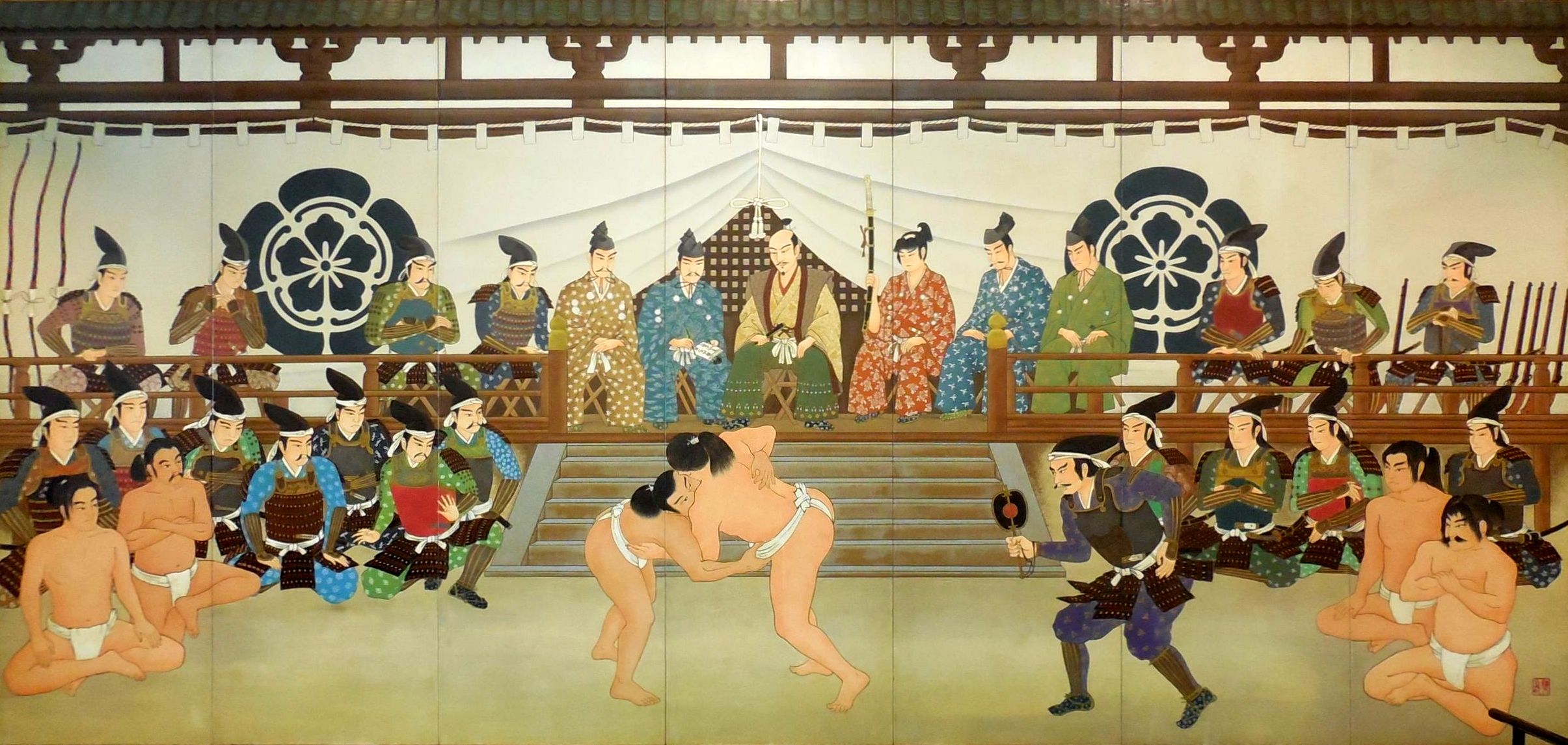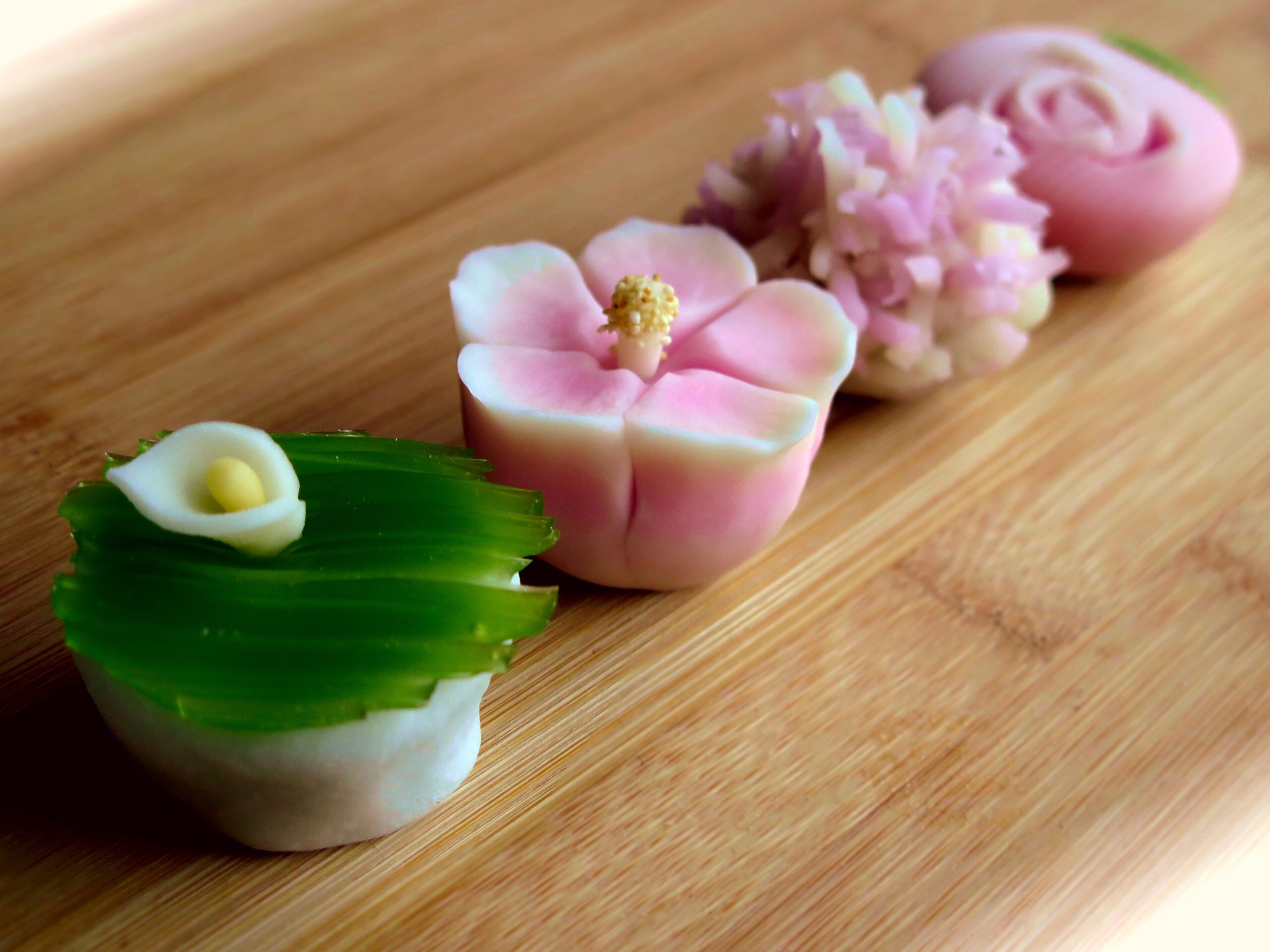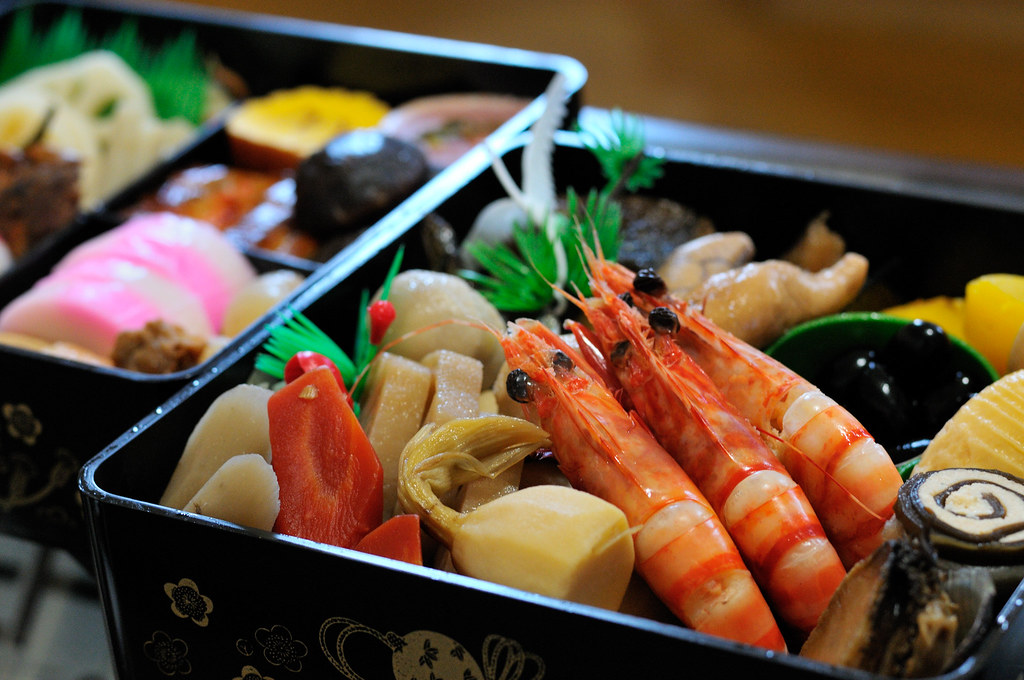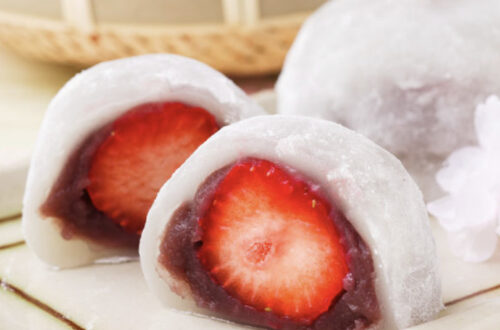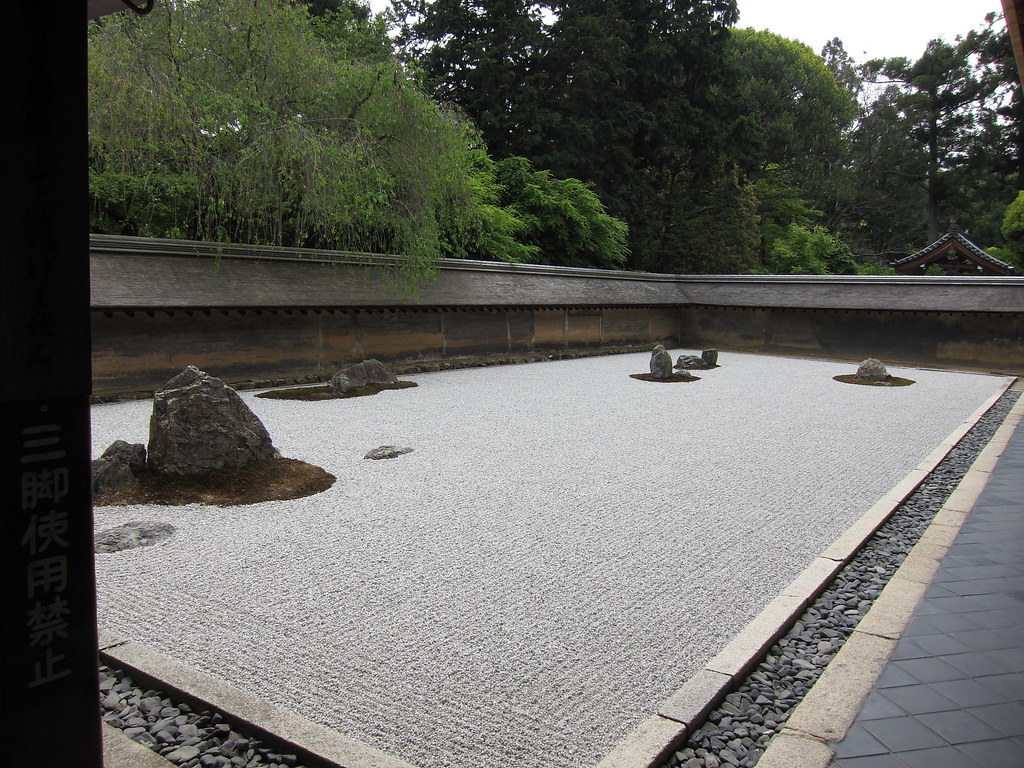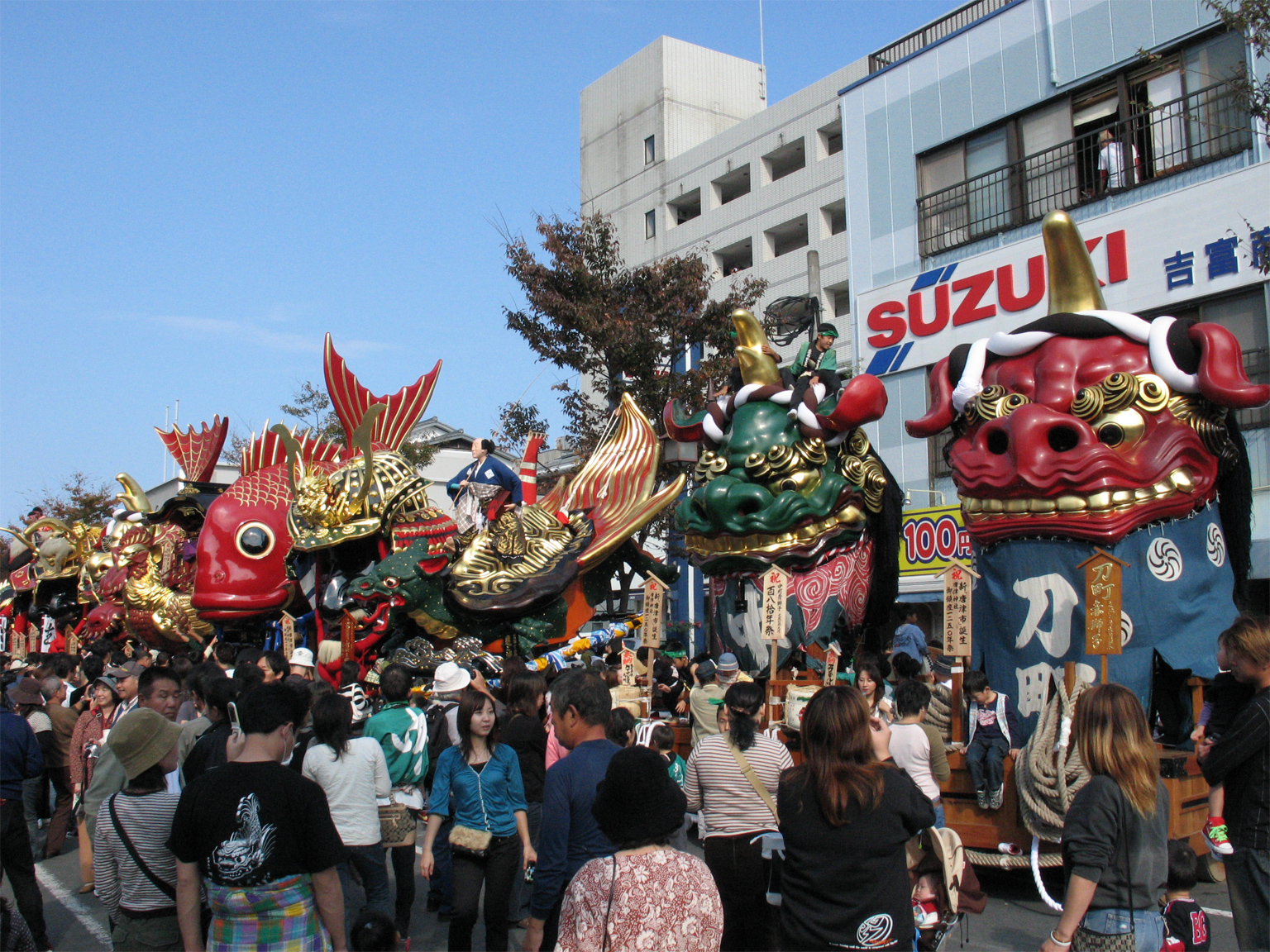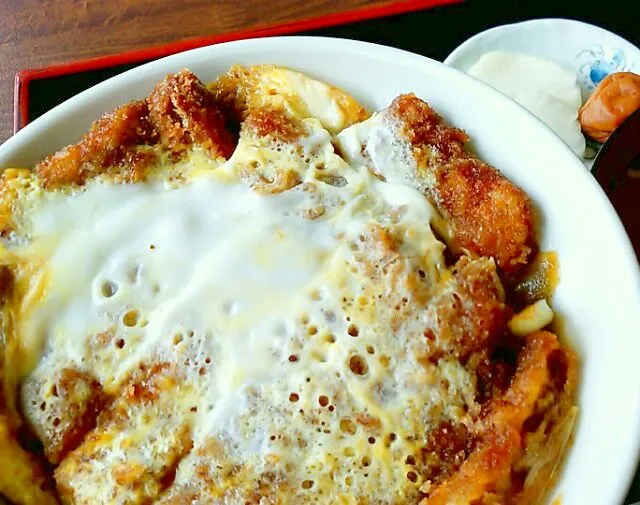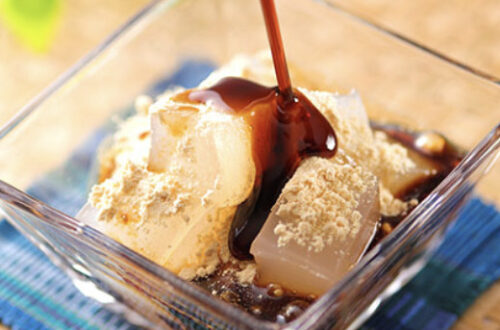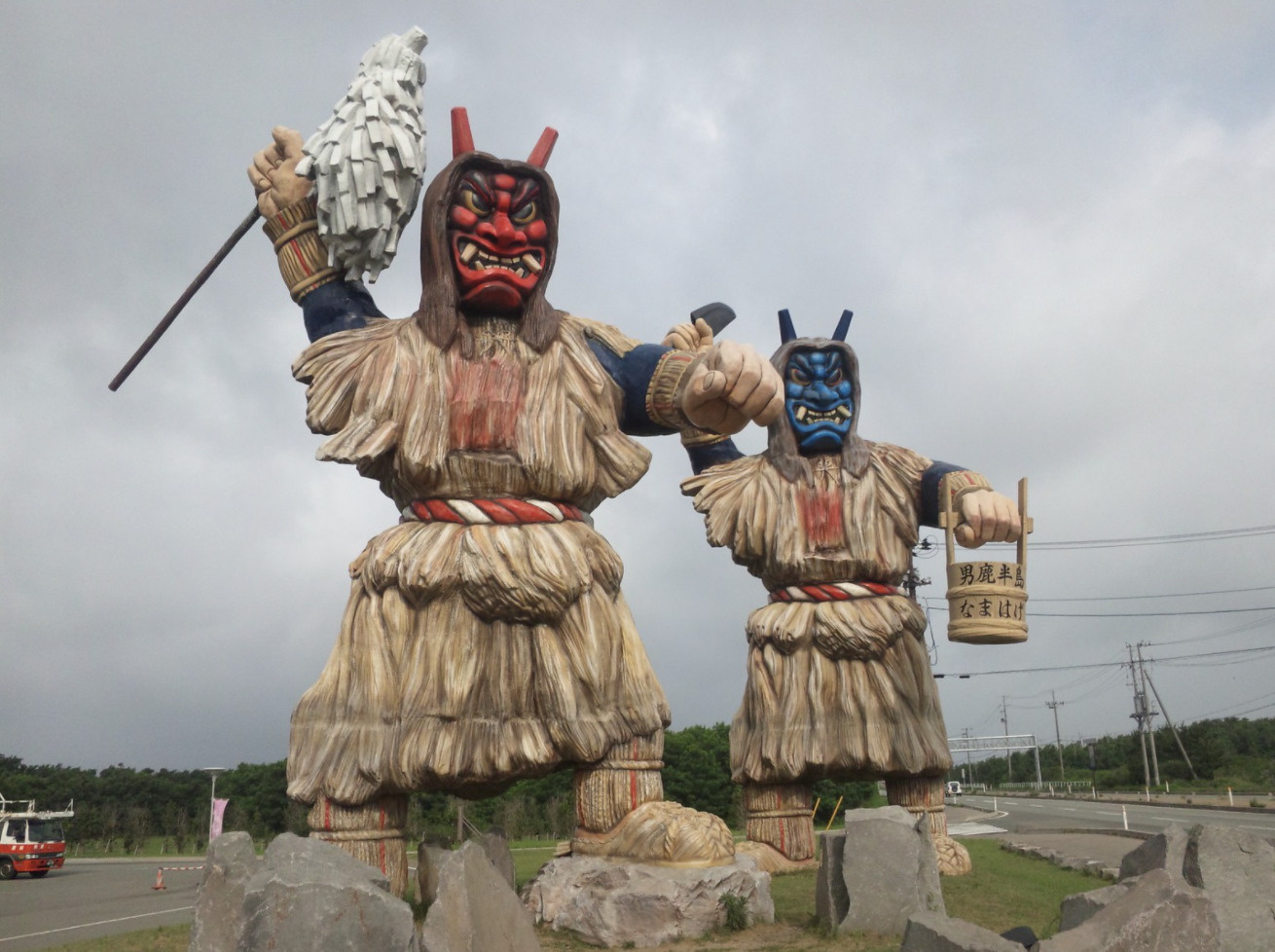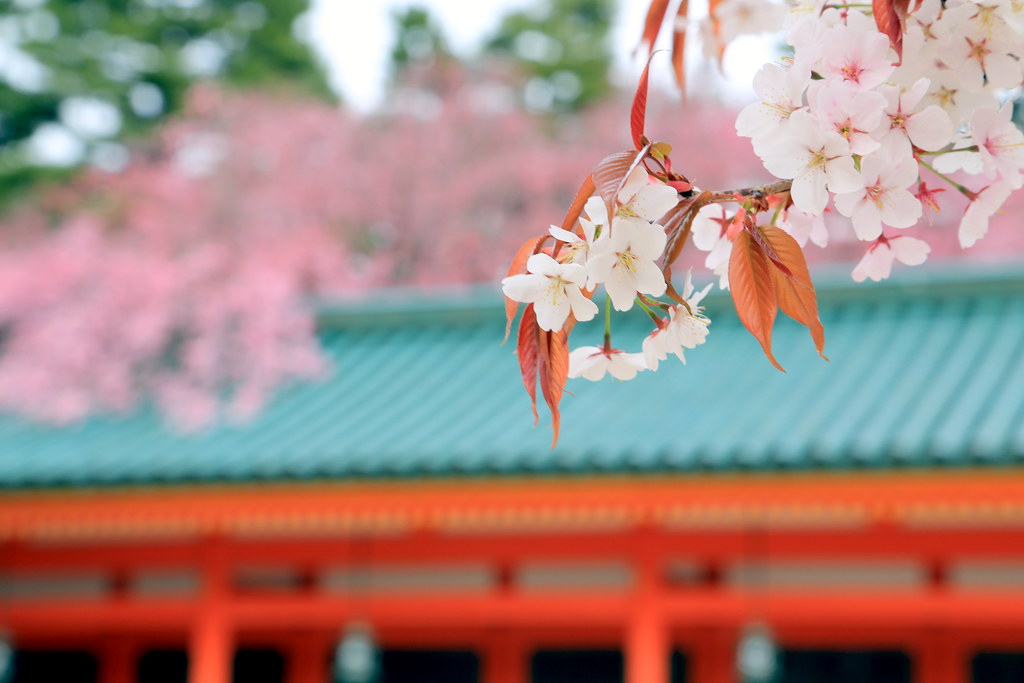-
Sumo 相撲
Sumo is a Japanese national sport in which two wrestlers compete in the ring, called dohyo. The fight is over when one wrestler pushes the other one out of the dohyo or puts any part of the body except for the rear side of the feet on the ground. The highest rank of wrestlers are called Yokozuna and the second highest are called Ozeki. Watching sumo is very popular. Grand tournaments are held six times a year in different cities. 相撲は、二人の力士が土俵で闘う競技で、日本の国技です。一方の力士が、相手を土俵から出すか、相手の体の一部を土につけたら勝ちです。最高ランクの力士は横綱で、次のランクは大関と呼ばれます。相撲観戦は非常に人気があり、大相撲は年に6回、それぞれ違う都市で開催されます。 私の場合、ネイティブの先生に直してもらうのが一番多いのが冠詞です。例えば、The fight is over when one wrestler pushes the other one out of the dohyo or puts any part of the body except for the rear side of the…
-
Osechi-Ryori おせち料理
Osechi-Ryori is a traditional Japanese dish that is eaten during the New Year. It is packed in a lacquered Jubako, or square bento box. Each ingredient has a meaning, black beans represent health, kelp rolls represent happiness, and shrimp represent longevity. In the past, Osechi-Ryori was made at home on New Year’s Eve but nowadays many people buy them at department stores or mail order stores. おせち料理は、正月に食べる日本の伝統的な料理で、漆塗りの重箱に詰められます。それぞれの食材には意味があり、黒豆は健康、昆布巻きは幸福、えびは長寿を表します。かつては、おせち料理は大晦日から家庭で作られていましたが、今では、デパートや通信販売で買う人が多いです。 教わったネイティブの先生は bento (弁当)はそのまま通じると言っていました。そういえば最近は我が家もおせちは作らずにオーダーするようになってきました。正月に集まる人数も徐々に減ってきてしまって寂しい限りです。 *語句 昆布巻き kelp rolls
-
Colored Leaves 紅葉
In Japan, which has very distinct seasons, Koyo, or colored leaves, are one of the attractions of Japanese Tourism. With the differences in temperature, and strong sunshine, the color of leaves becomes evermore vivid. Notable destinations for the leaf watchers are places like Oirase, Nikko, Hakone, Kyoto and so on. During its season, many tourists from domestic and overseas visit those places. 四季のはっきりとしている日本では、紅葉は秋の日本観光の魅力の一つです。紅葉の色は、夜は寒く、日中は暖かい気温の寒暖差があるほど、また、太陽の日差しが強いほど鮮やかになります。紅葉の名所としては、奥入瀬、日光、箱根、京都などがあります。紅葉シーズンには、これらの場所には、国内外からの多くの観光客が訪れ賑わいます。 全国通訳案内士二次口述試験の通訳の過去問題より。英訳した後、ネイティブの先生に添削してもらいました。ネイティブの先生は日本語が分からないのでざっくりです。evermore なんていう語は先生に教えてもらって初めて使いました。「はっきり」とくるといつも自動的に clear と言っていたのですが、ここは distinct と直していただきました。
-
Ryokan 旅館
Ryokan is an inn constructed in Japanese style and serves Japanese dishes. Many ryokans are popular with their onsen or hot spring facilities because there are a lot of onsens in Japan. Ryokan has employees, Nakai, that wear traditional Japanese clothes. They serve dishes in each room. Usually ryokan rates includes two meals, dinner and breakfast, per day. 日本の宿泊施設で和風様式で作られ、主に和風料理を出すものを旅館と呼びます。日本には多くの温泉があり、それを売りにしている旅館も多いです。旅館には仲居という和装の女性がおり、部屋で給仕をしてくれます。旅館の宿泊料金には、通常、一泊二食が含まれています。 全国通訳案内士の二次口述試験に向けて勉強中です。通訳の過去問題を英訳した後、オンライン英会話でネイティブの先生に添削してもらいました。今回は「旅館」です。 *過去問題例は公式のものではなく、過去の受験者の方々が(たぶん)記憶をたよりに再現したものを参考にして、私がなんとなくまとめ直したものです。 *語句 私が教えてもらったネイティブの先生によると、旅館には hotel だと少し違和感があるようです。また、「女性」の部分は最初 female という語句を使ってみたのですが、ちょっと誤解を受ける可能性があるということで(考えすぎか)、あえて外しました。 *間違い等あればコメントで教えていただけるとありがたいです。
-
Katana-Japanese Sword 刀
Katana, or Japanese sword, is a product which is made by craftsmen with special techniques and sometimes registered as a tangible cultural property. Until the Edo period, Katana was considered as the spirit of samurai and a symbol of their community. Today, it is treated as a work of art and popular both domestically and overseas. 日本刀は、専門の技術を持った職人によって作られるものであり、有形文化財として登録されることもあります。刀は武士の魂とされ、江戸時代までは武家社会の象徴でした。現在では、芸術品として日本国内だけではなく、海外でも人気が高いです。 全国通訳案内士の二次口述試験に向けて勉強中です。通訳の過去問題を英訳した後、オンライン英会話でネイティブの先生に添削してもらいました。今回は「日本刀」です。冠詞や数の概念がどうしても難しくていつも直してもらっています。先生は慣れるしかないよと言いますが、、、。 *過去問題例は公式のものではなく、過去の受験者の方々が(たぶん)記憶をたよりに再現したものを参考にして、私がなんとなくまとめ直したものです。 *語句 有形文化財は tangible cultural property、無形文化財なら intangible cultural property となります。 *間違い等あればコメントで教えていただけるとありがたいです。


